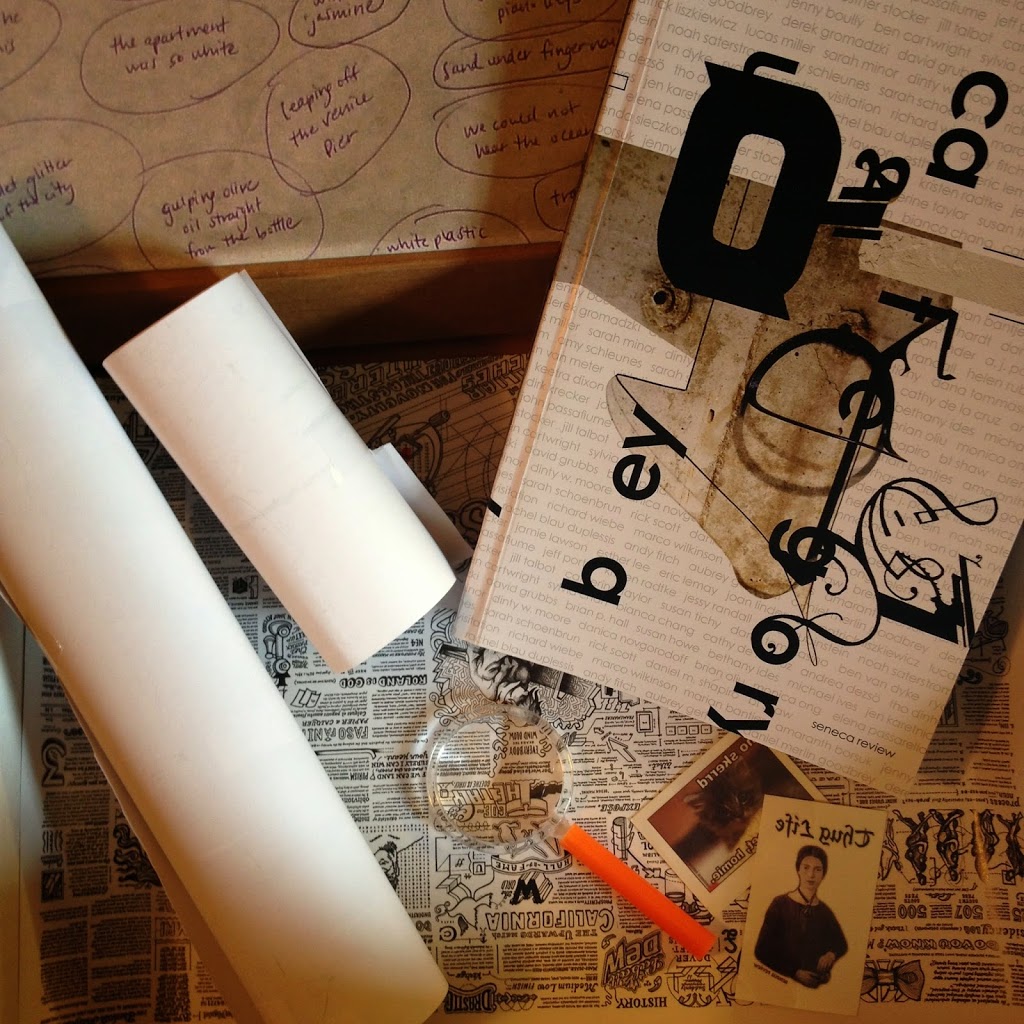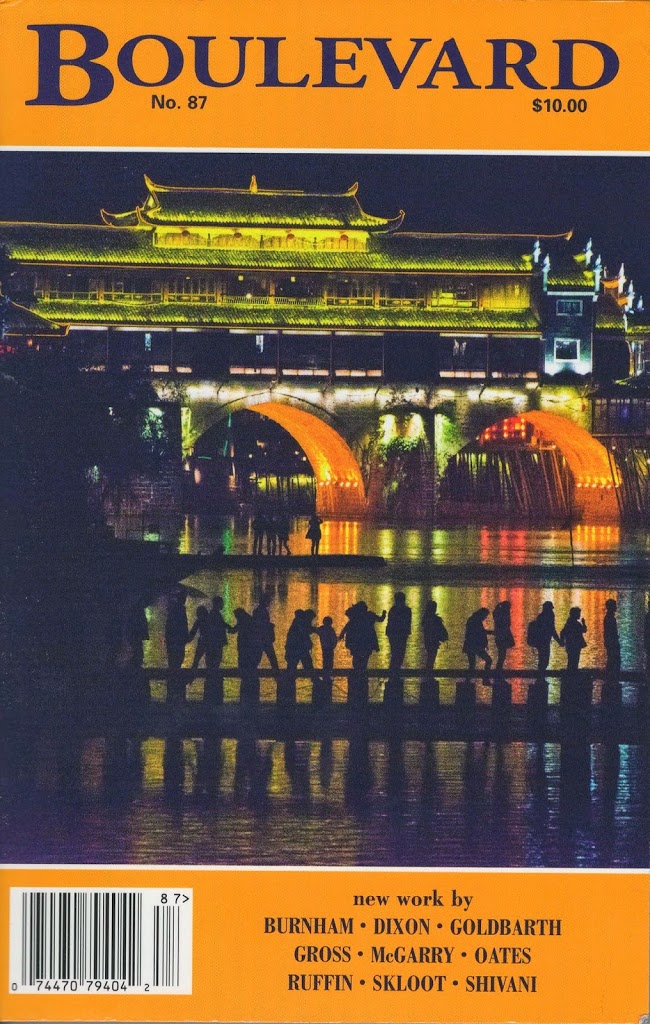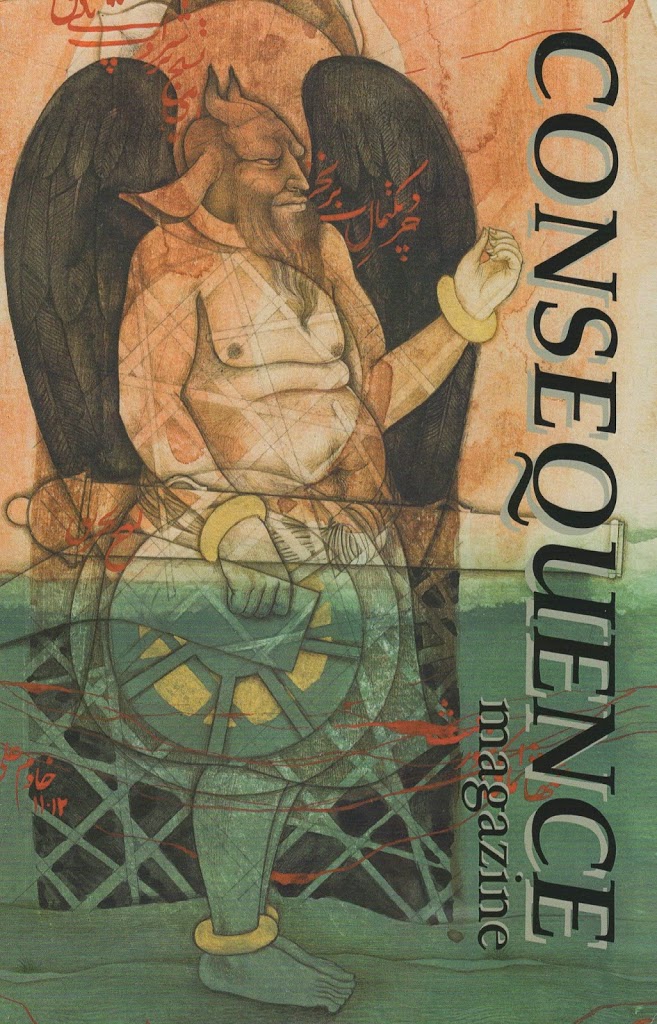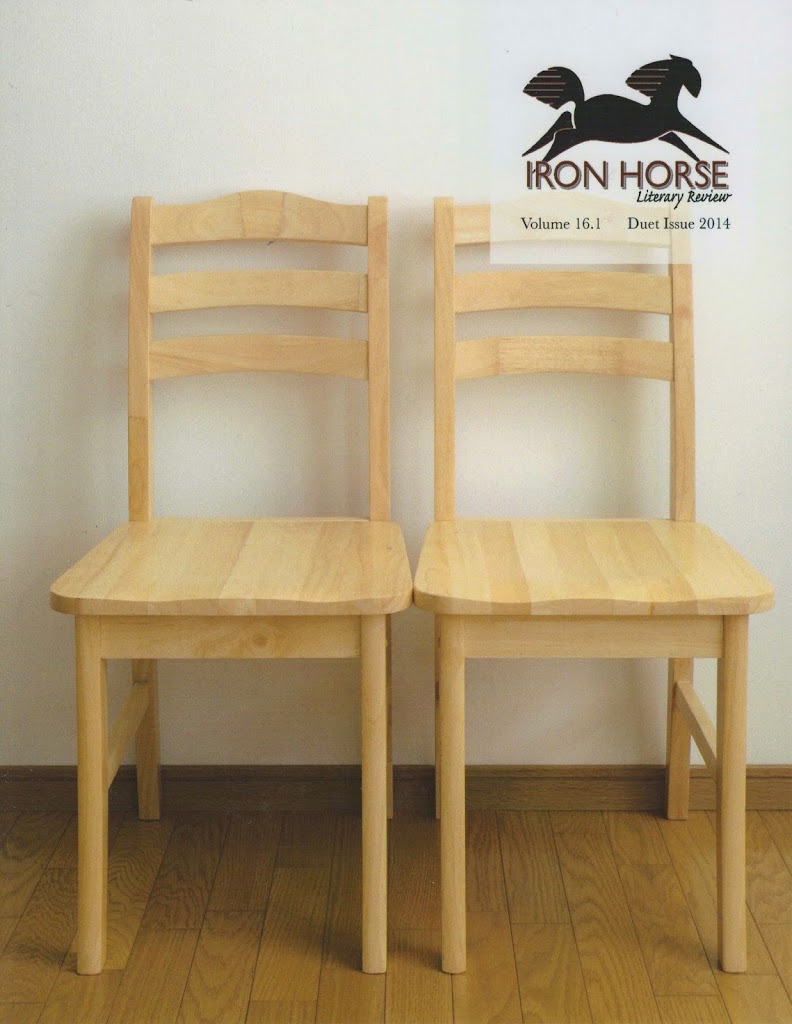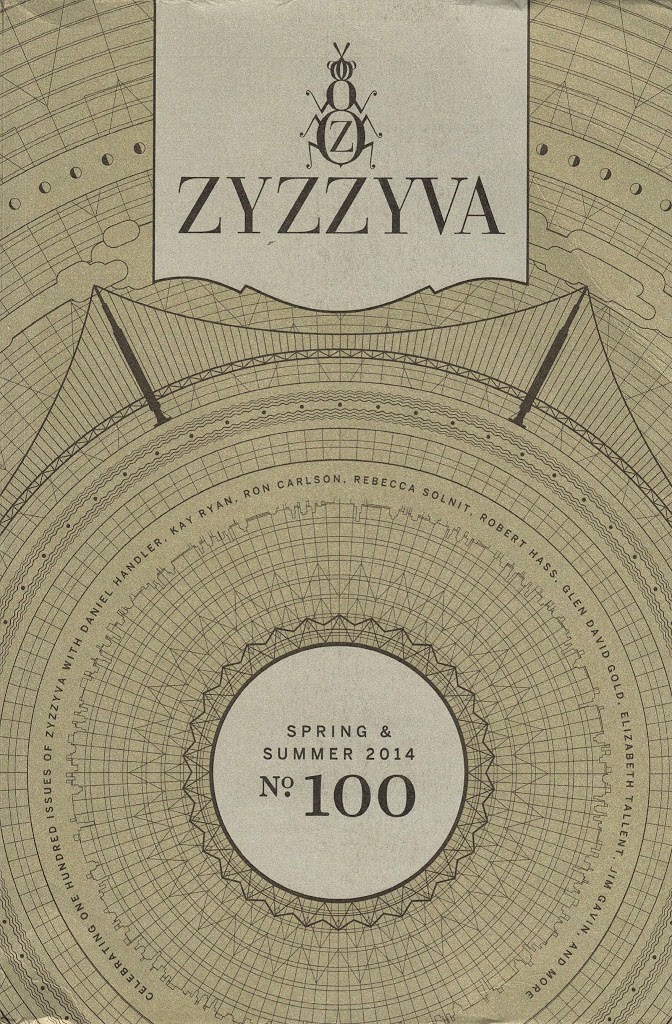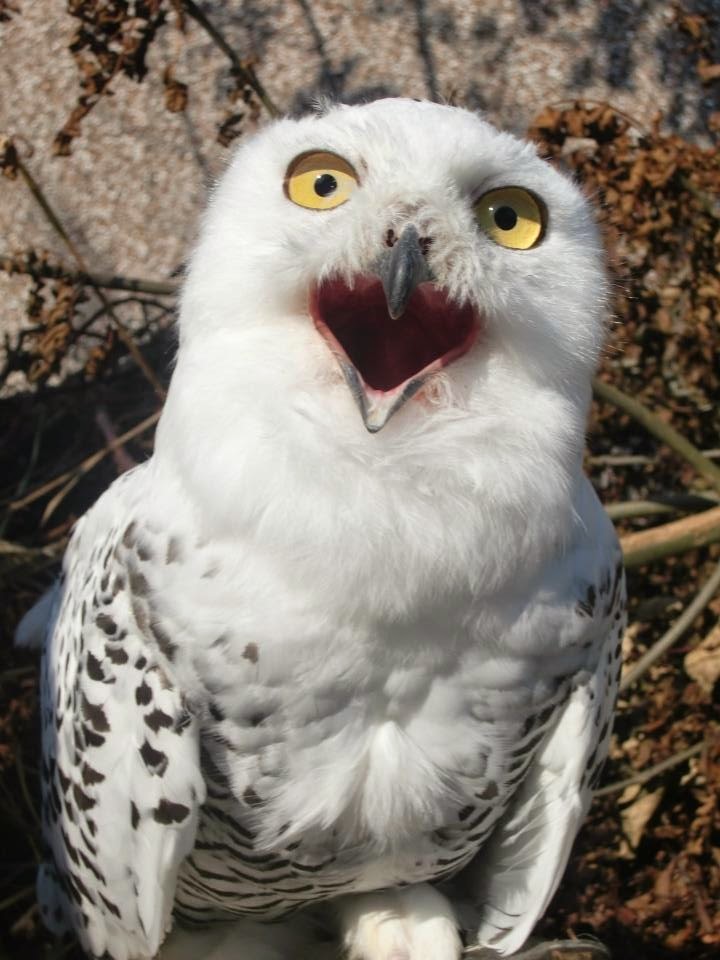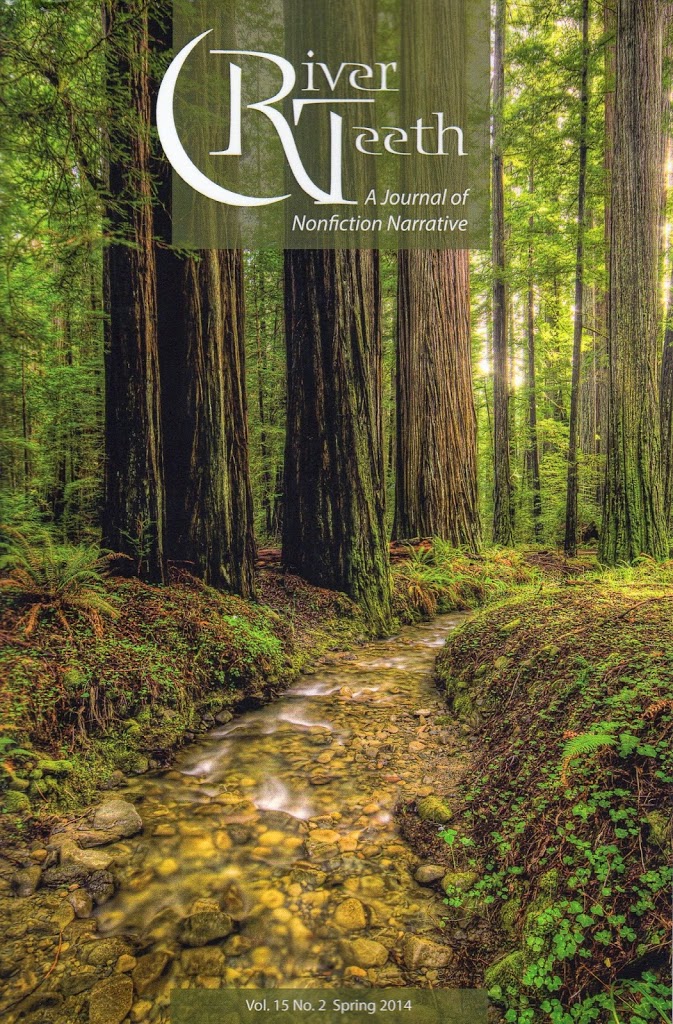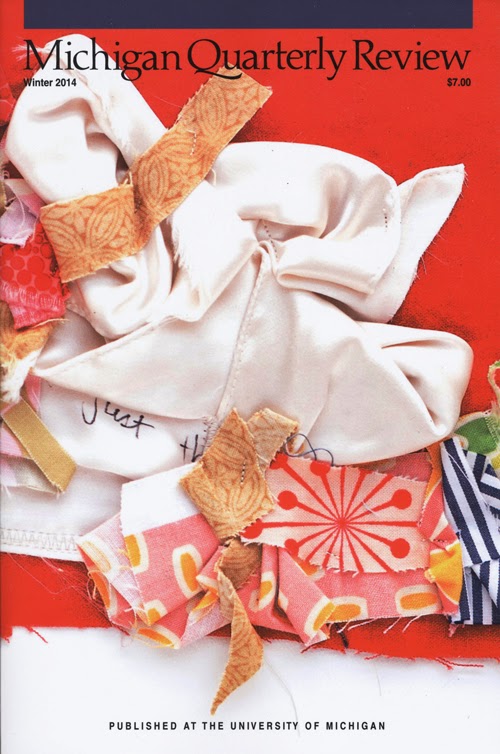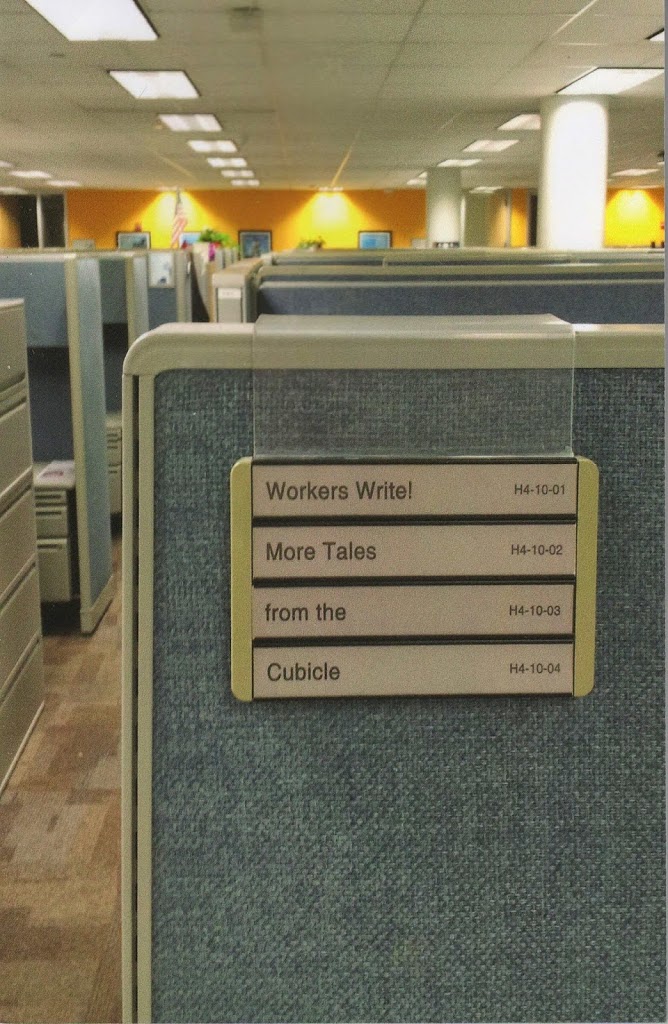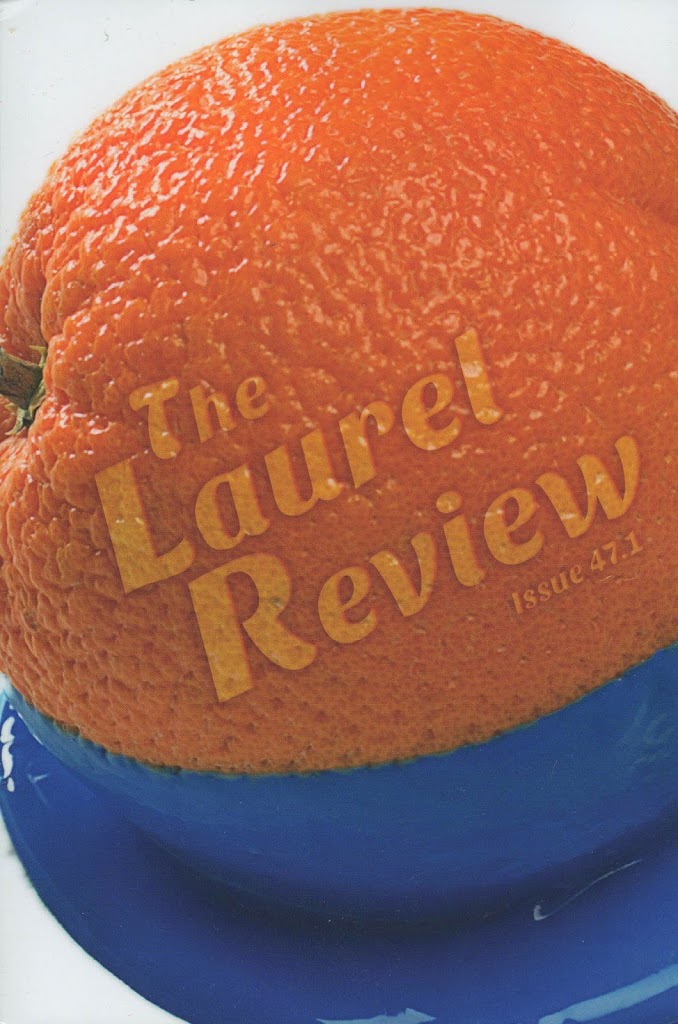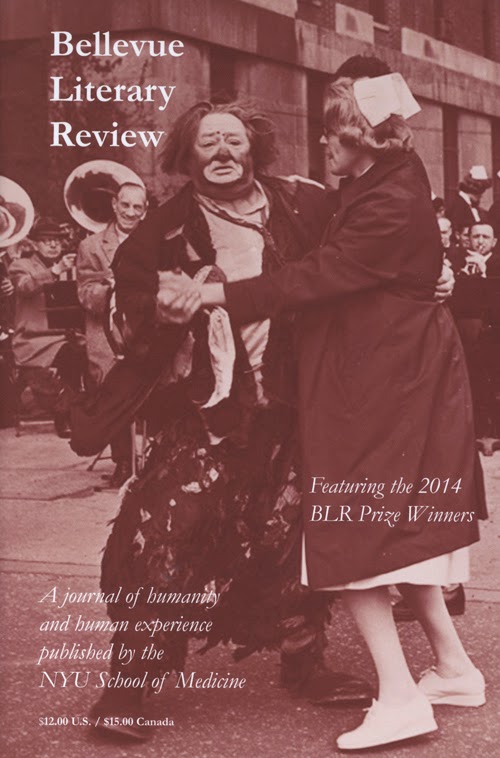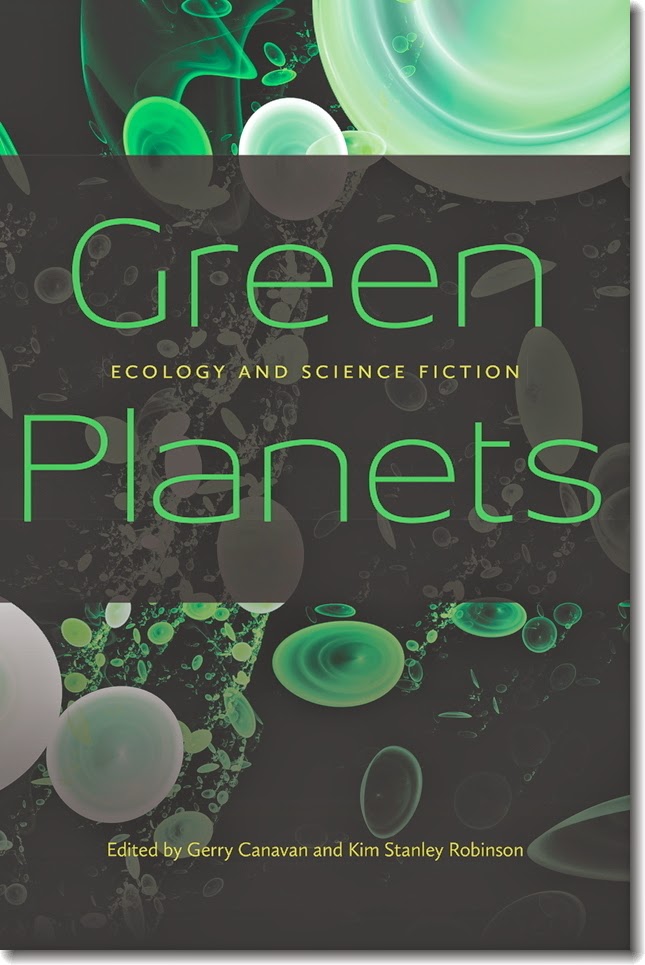When in Drought Zine
A new zine called When in Drought is hitting the streets in a small print run from Los Angeles. With a tongue-in-cheek and often political attitude, it has no problem standing out from a crowd of other literary magazines. Each issue is themed and contains writing, art, and translation “with neglected literature from around the world.” To get a feel for them, here’s some excerpts from their submission guidelines: “Whatever it is, we’re against it. Just kidding. We love you.” And at the bottom of each page on their site, they declare, “Stay horny for art.” And on their contest page, they have some sample titles of books that if written, they would pay good money for: Nude on a Chair; Look Mom, the Children Don’t Have Any Pants Today; Mein Kampf, Your Kampf, Let’s Call the Whole Thing Off; Tits Laid Heavy on My Thoughts: A Memoir; and other humorous suggestions.
The latest issue is themed Prague: “never in recorded history has the municipality of Prague experience drought. On the contrary, it has withstood floods, torrential downpours, &, quite often, thunderstorms . . . It is no wonder then that the editors of this journal should be fascinated with such a place . . . We hope you will soon find your thirst slaked—& please, when in Prague, do not forget your umbrella.” The issue itself contains 100 pages of original work combined with passages from Franz Kafka.

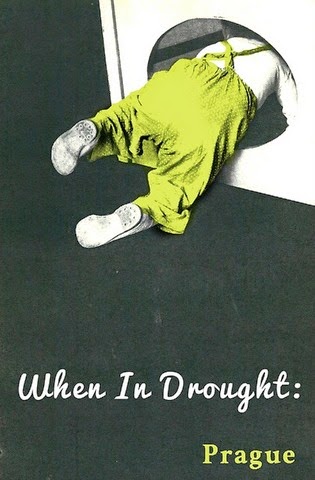

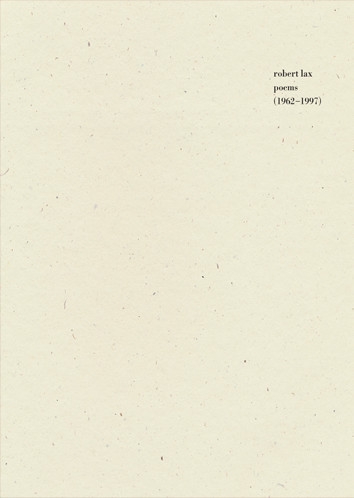 Poems (1962-1997), a new collection from Wave Books, presents 35 years’ worth of work from avant-garde poet Robert Lax. An enigma even in the weird world of poetry, Lax (1915-2000) was educated at Columbia University, where he met lifelong friend Thomas Merton and studied with poet Mark Van Doren. He served over the years as a critic, editor, and writer for TIME, Parade, and The New Yorker, among other publications, although he identified himself as a poet first and foremost. As a young man, he spent a season traveling through Canada with the Cristiani family circus, which eventually led to his first book of poetry, The Circus of the Sun.
Poems (1962-1997), a new collection from Wave Books, presents 35 years’ worth of work from avant-garde poet Robert Lax. An enigma even in the weird world of poetry, Lax (1915-2000) was educated at Columbia University, where he met lifelong friend Thomas Merton and studied with poet Mark Van Doren. He served over the years as a critic, editor, and writer for TIME, Parade, and The New Yorker, among other publications, although he identified himself as a poet first and foremost. As a young man, he spent a season traveling through Canada with the Cristiani family circus, which eventually led to his first book of poetry, The Circus of the Sun. 

